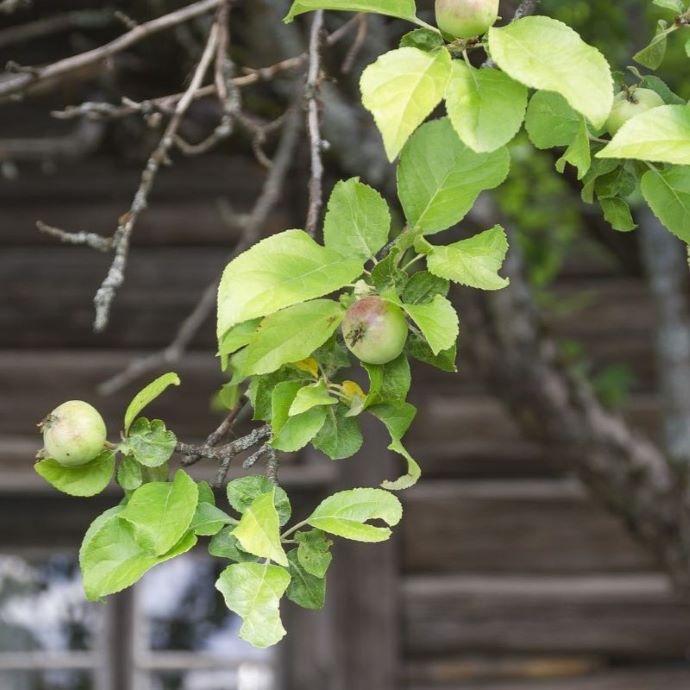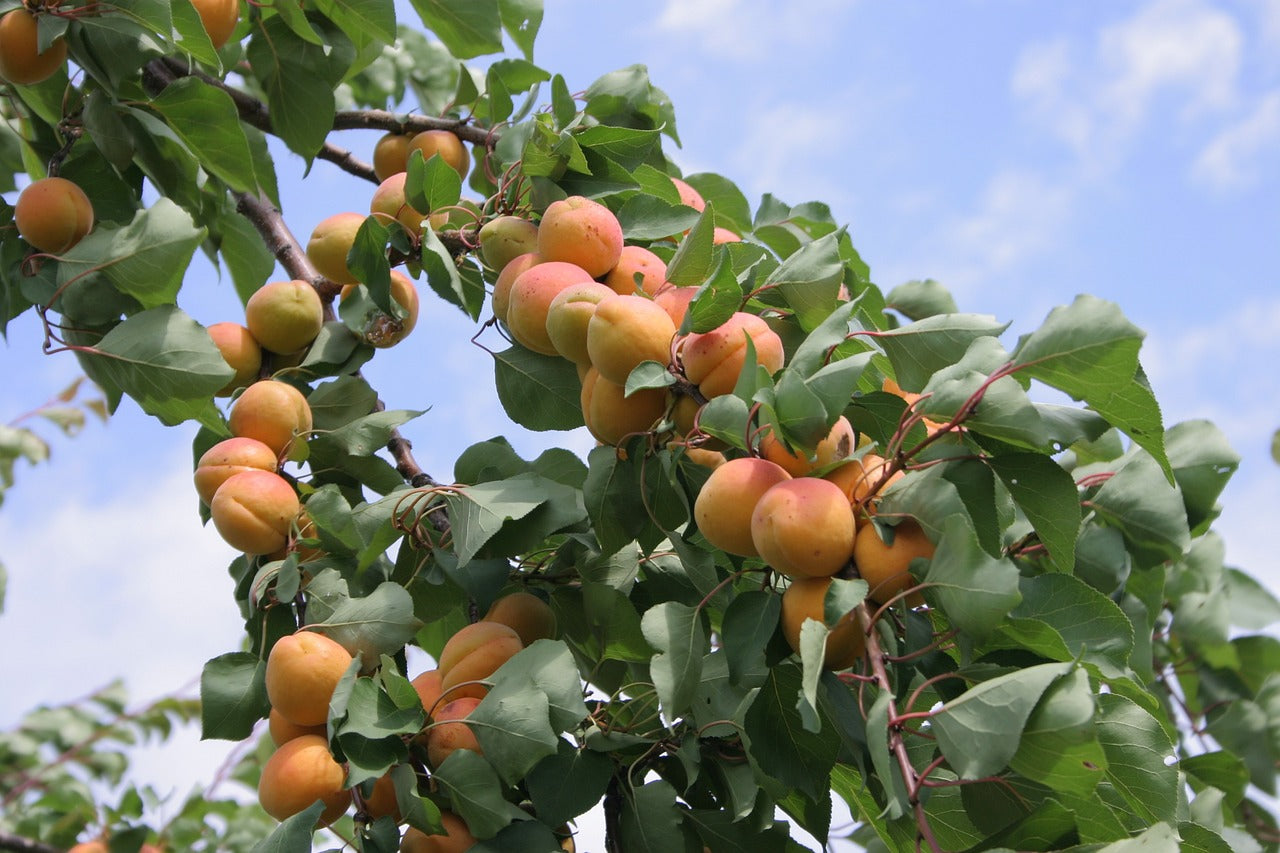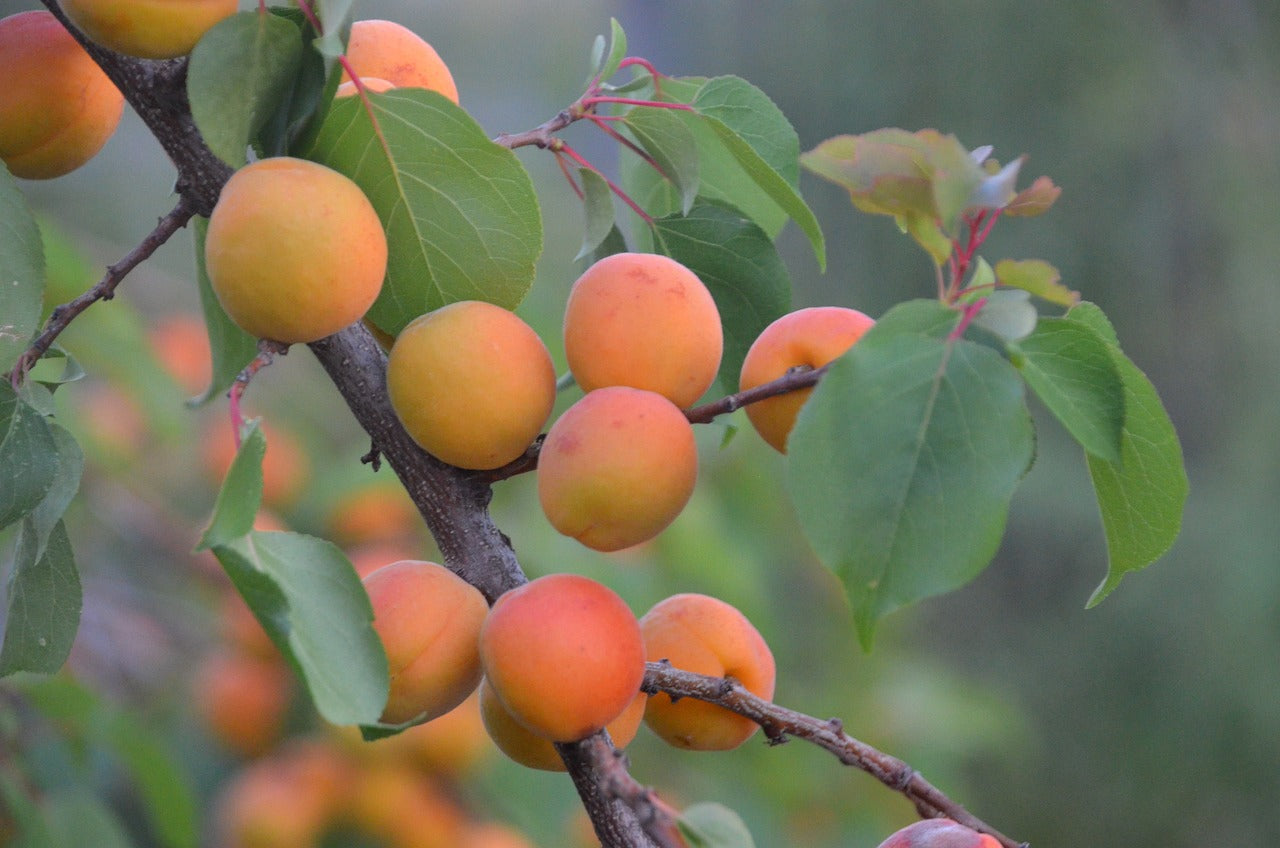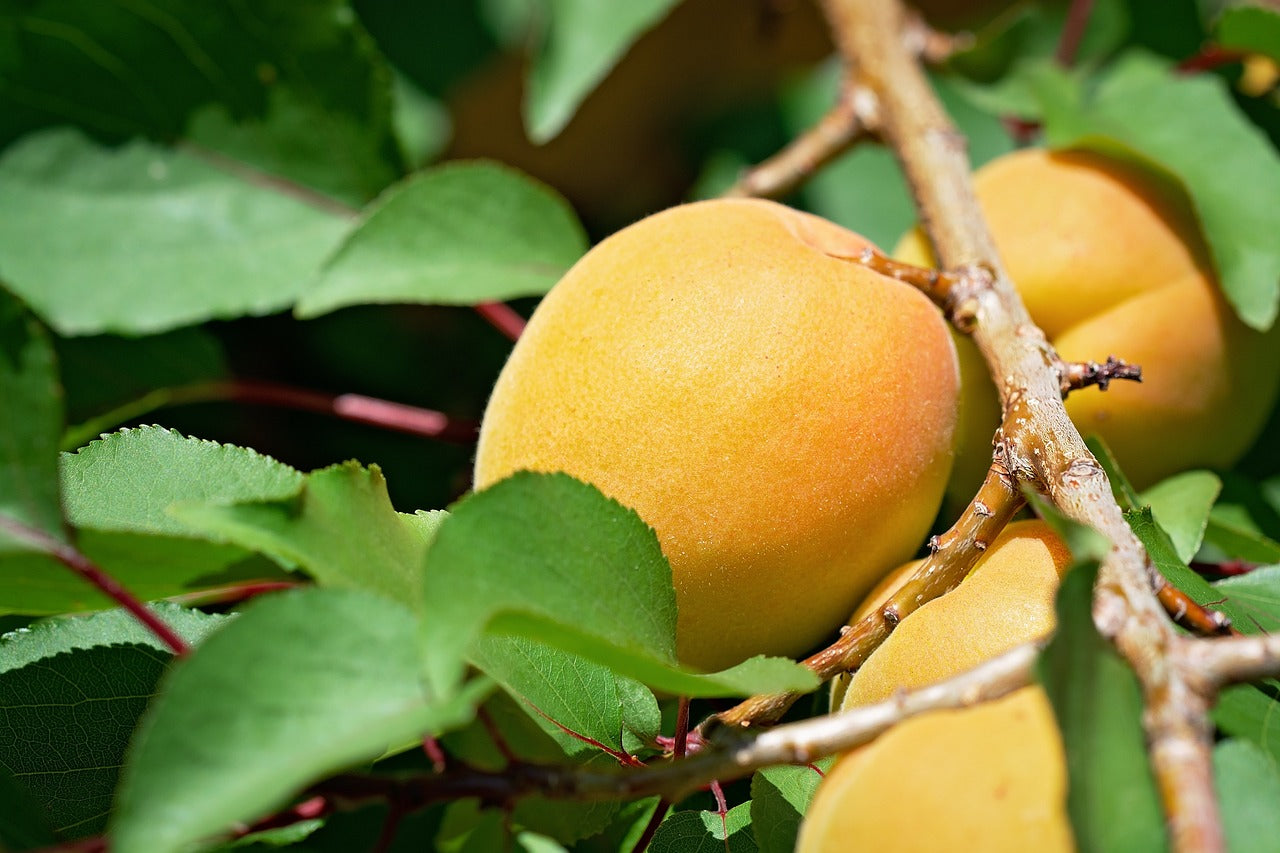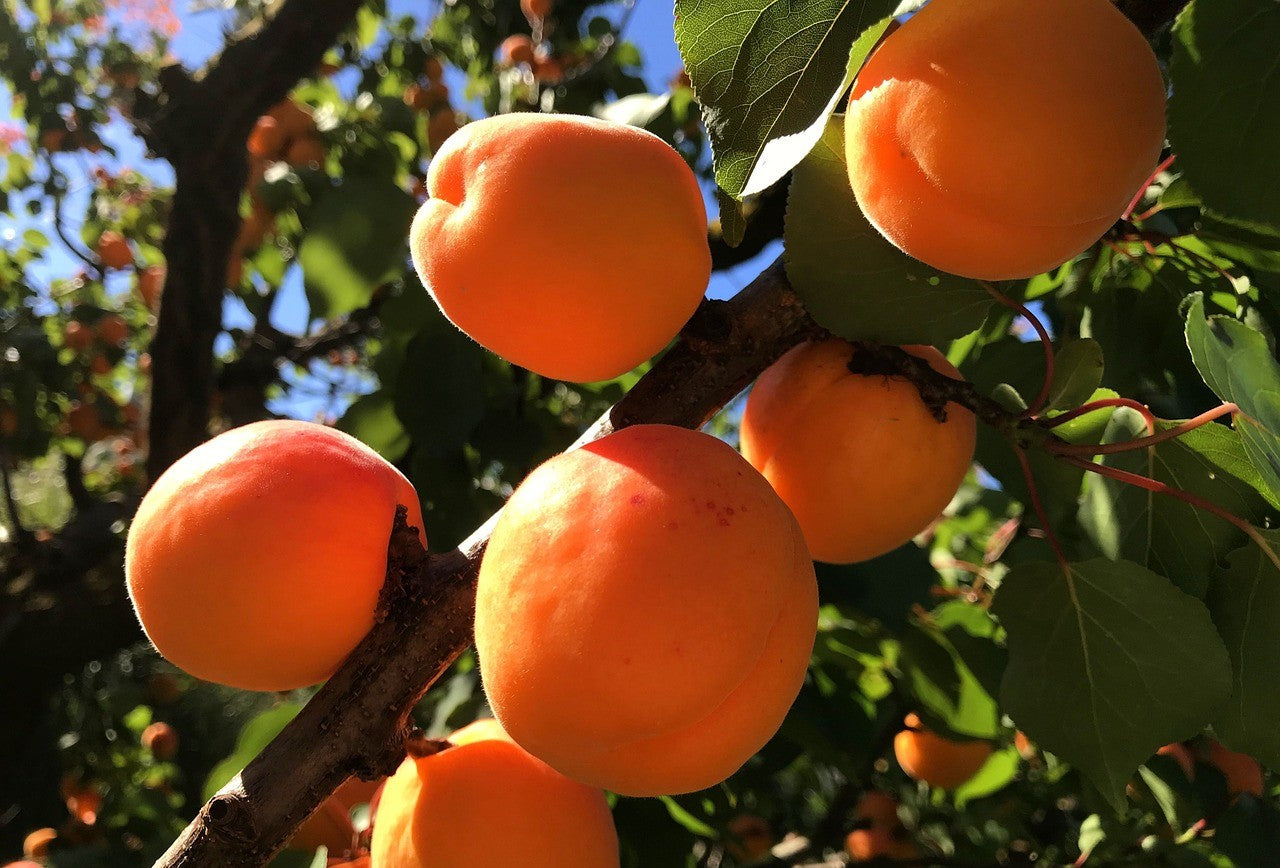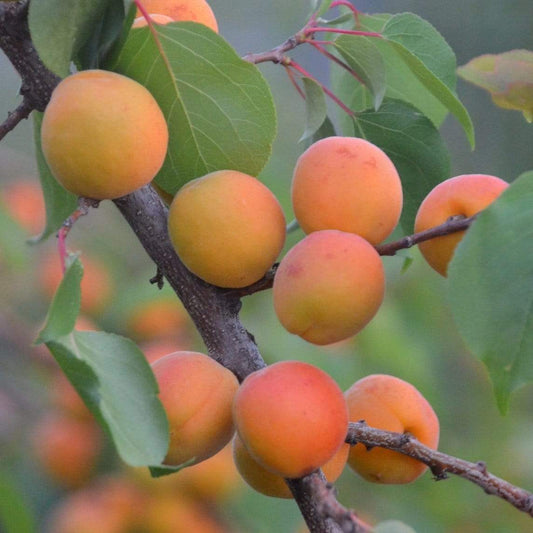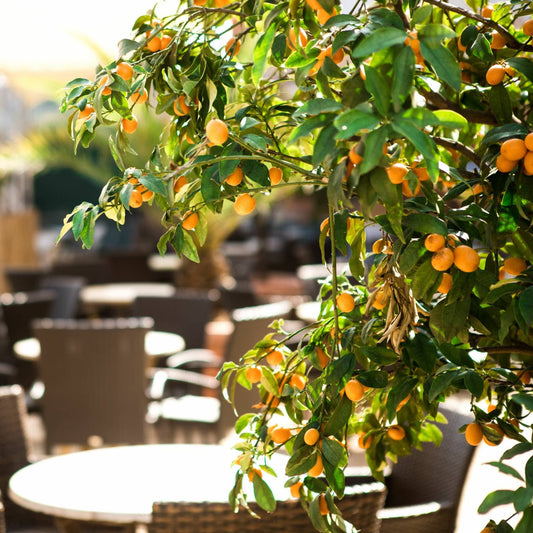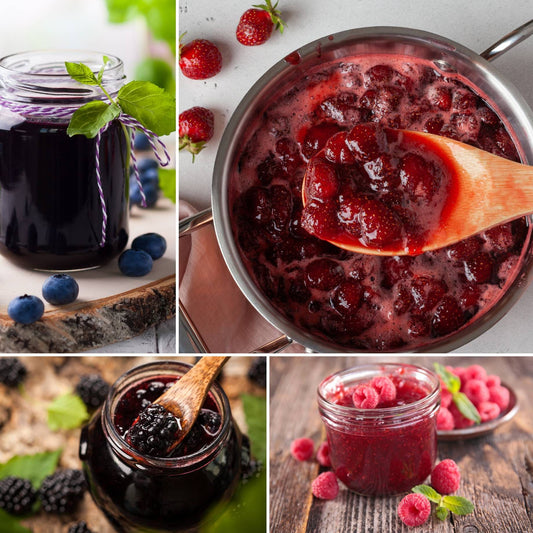Which Apricot Tree is Best for UK Gardens?
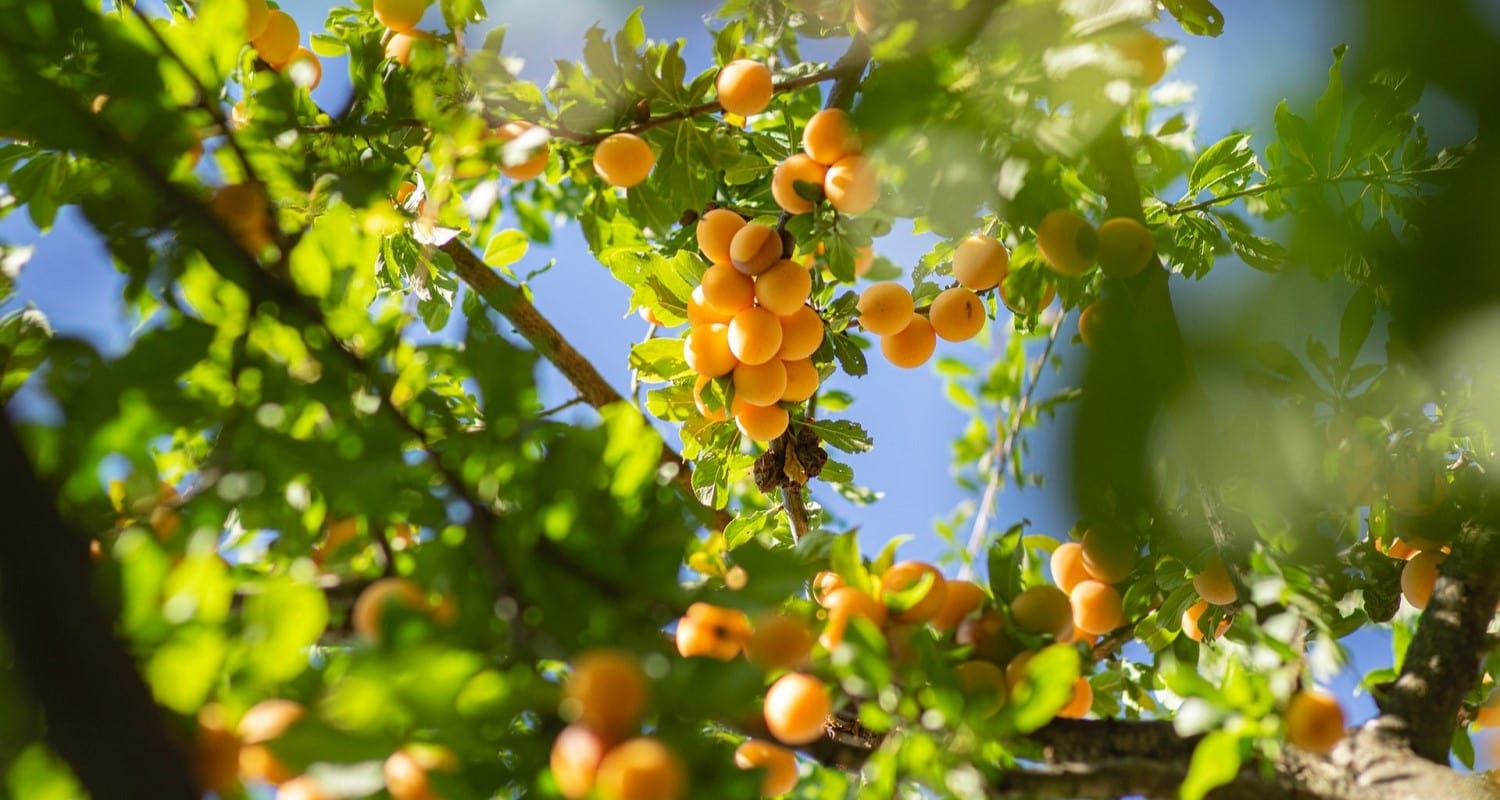
You might not have thought about growing apricots - isn’t that something they do in warm countries? But with new varieties of apricot that are bred especially to thrive in the UK climate, it’s not just possible but a great way to expand your fruit growing horizons. They do take a little more work than say apples or pears, but the results are more than worth it!
All apricot trees are self fertile so you can grow one on its own and still get a good crop - your tree should start to produce apricots after just two years. The trees themselves are highly attractive, with clouds of fragrant pink blossom in spring and it goes without saying that the flavour is a thousand times better than anything you can find in the shops - if you can find them at all.
Read on for our growers’ choice of apricot trees for any garden (or none) and expert advice on how to get the best from them.
Jump to:
- Best for flavour
- Best for warm areas
- Best for colder areas
- Best for pots
- Best for early cropping
- How to get the most from your apricot tree
Best for flavour: Flavourcot
The growers who named this one were certainly confident - but turns out their bragging was justified! Flavourcots are large and succulent with juicy orange flesh and a pronounced aromatic flavour. This attractive compact tree also performs very well in the UK climate - a four year old freestanding Flavourcot tree can produce around 750 apricots in a season. Harvest in early August.
Best for warm areas: Tomcot
If you live in southern or central areas of the UK, then we’d recommend a super productive Tomcot tree. Tomcots are large, orange-red apricots with rich juicy flesh and a dusky red blush when they’re ripe, and this variety also produces more blossom than most. It will fruit well as a freestanding tree or grown as a fan against a sunny wall - in fact after a mild spring you may find yourself having to thin the fruit if the branches are weighed down.
Best for colder areas: Golden Glow
Golden Glow apricots originate in Worcestershire, so as you’d imagine they’re relatively hardy and well suited to the English climate - choose this one if you’re growing your apricots in one of the colder or wetter areas of the UK. The golden yellow fruits are a little smaller than some varieties but the flavour is top tier and they’ll ripen more quickly than larger varieties. Perfect for eating fresh or cooking and best grown against a south facing wall or fence.
Best for pots: Early Moorpark
All apricots are suitable for containers as long as you keep them pruned to size, but the most successful are those that have been specially trained as patio trees and will reach a maximum size of 1.5 x 1m. Early Moorpark is our favourite, a strongly flavoured apricot with a pale colour which dates back to the 19th century. Fun fact: a Moor Park apricot tree (the parent of this variety) features in Jane Austen’s Mansfield Park, in which its owner Mrs Norris talks about her cook making jams and tarts from it!
Best for early cropping: New Large Early
It might not be the most imaginative name, but it does what it says on the tin! The super sized fruits are peach yellow with a tangy sweet flavour and ripen in early August, after a beautiful display of pink blossom. Great for those who can’t wait, New Large Early has been known to produce a crop in its first year - a whole year earlier than most.
How to get the best from your apricot tree
1. Position
Apricot trees do best in full sun (at least six hours of sunlight daily) and prefer a deep, well drained and slightly alkaline soil. The best place for your tree is against a sunny south or west facing wall or fence, although if you live in a warmer area of the country you may be able to grow it freestanding. Make sure the position you choose is away from strong winds which can damage the blossom. Apricots can also be grown in a large container on a sunny patio or in a greenhouse or conservatory. Apricot trees on Myrobalan rootstock grow to a compact 3x3m so are suitable for even small gardens, but for even smaller spaces or pots, choose a patio trained tree which grows to 1.5x1m.
2. Pollination
Apricot trees are one of the earliest fruits to blossom in March, but this means that there may not be enough insects around to pollinate them. Don’t worry, you can give them a hand! Using a small paint brush, press the bristles into the centre of each flower, making sure that pollen is transferred between each one. You should do this on a dry, sunny day for several days in a row if possible.
3. Pruning
Young apricot trees need to be pruned and trained to become well shaped and productive trees, but after they’ve grown into that shape and matured, they should need only minimal trimming to remove any dead, damaged or crossing branches. All pruning should be carried out during the main growing season from early May to August and avoided in the dormant season. Find out more about apricot tree pruning.
4. Feeding
Your apricot tree will benefit from a feed in late winter with a potassium rich fertiliser and you can give it a mulch at around the same time - applying about 5cm of well rotted manure or compost around the base of the tree will keep the roots warm, keep weeds down and help the soil to retain nutrients.
5. Watering
Apricots hate their roots getting dry, so they need regular watering for about the first 18 months until their root systems have fully developed. Soak the soil thoroughly at the roots with a hose or bucket of water in the early morning. Mature trees will also need regular watering in periods or hot or dry weather.
6. Harvesting
Apricot harvesting season is between late July and mid August - if you’re growing more than one, check the harvest times in order to get a more spread out crop rather than a sudden glut! Your apricots are ripe when they feel slightly soft and come away from the tree easily with a gentle twist, leaving the stalk behind. If you do get a glut, apricots can be preserved in jam or by drying.Last updated: 13/11/2023









